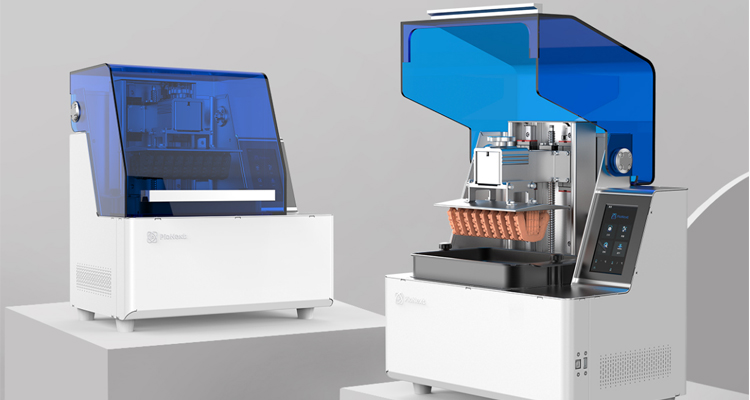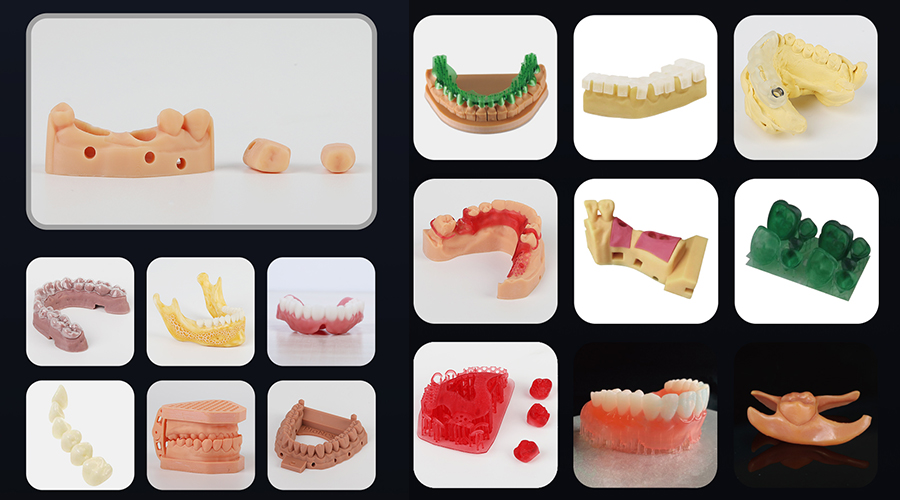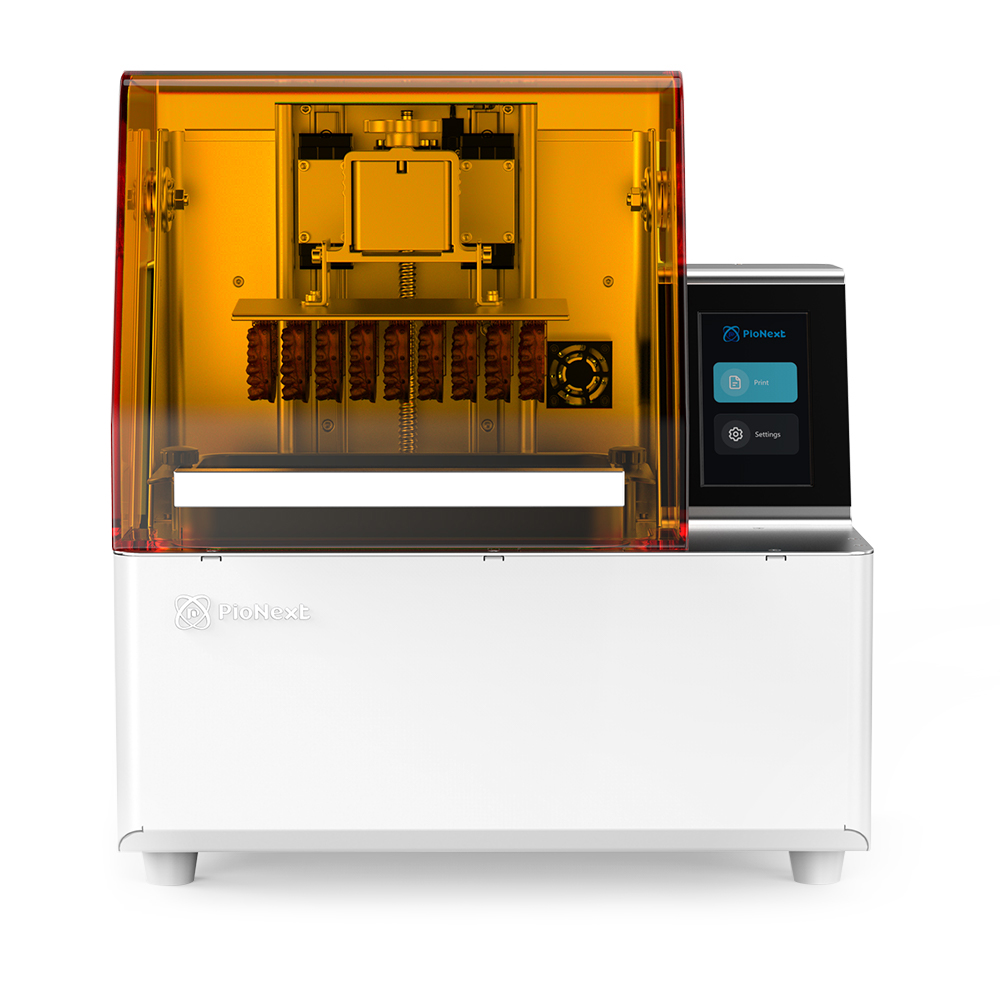With the development of light curing 3D printing technology, its advantages and disadvantages have become the key points of daily discussion. Frankly, the advantages and disadvantages of
light curing 3D printers are obvious. The advantages are mainly reflected in the fineness of molding and the universality of materials, while the disadvantages are mainly related to intellectual property rights and social ethics. At present, with the development of 3D printing technology, new 3D printing materials are emerging. More and more light curing 3D printers have been widely used in various industries, especially in dental models, jewelry casting, manual printing, etc.

First of all, let's briefly understand what is the principle of light curing molding. The forming principle of photocurable 3D printing (stereo lithography appearance, SLA or SL) mainly uses photosensitive resin (acrylate system) as raw material, and uses the characteristics that liquid photosensitive resin can be cured quickly under ultraviolet laser beam irradiation. Photosensitive resin is generally liquid, and it will cause polymerization reaction immediately under the irradiation of ultraviolet light (250-400 nm) (PS: there are 405nm near ultraviolet light curing printing on the market, but it belongs to visible light printing, LCD type) to complete the curing. Pionext light curing 3D printer is mainly LCD type.

The model of light curing 3D printing has distinct characteristics. The printed model is crystal clear, smooth and has low shrinkage, stable printing size and high printing accuracy; The model has fine texture, smooth surface and three-dimensional presentation of details. Especially some sharp corners and textures can be well displayed. Therefore, the role of light curing 3D printer in the field of Dentistry and jewelry can be fully reflected.
The disadvantages of light curing 3D printers are mainly reflected in the nature of materials, intellectual property protection and social and moral issues. First, the materials used for light curing are mainly photosensitive resins, which are relatively expensive. The molding model is relatively fragile, easy to break, and easy to decompose under the sun. However, the material of the resin is constantly adjusted, and these shortcomings will be solved in the near future. Second, because there is no restriction on 3D printing, it will also cause a series of intellectual property disputes. Everyone knows that copyright issues will lead to copyright disputes in many 3D printing samples, including the animation manual industry. Third, social and moral issues are also the same. 3D printing can realize biological printing. In the face of content that can be copied at any time, if there are no laws and regulations to limit it, future development will become more difficult! In the future, more and more things can be printed in 3D, including weapons and other dangerous goods. Therefore, if there are no laws to restrict and regulate the development of 3D printing, it will not be controlled.
The application of 3D printing is extremely wide. As long as you dare to think, it is possible to realize it. In short, it is to turn our imagination into reality. Good things naturally play a positive role in promoting human society, but once they are applied to less friendly fields, it will be a disaster. In particular, the application prospect of light curing 3D printer is very creative, so it needs more positive guidance to promote the positive development of society.




